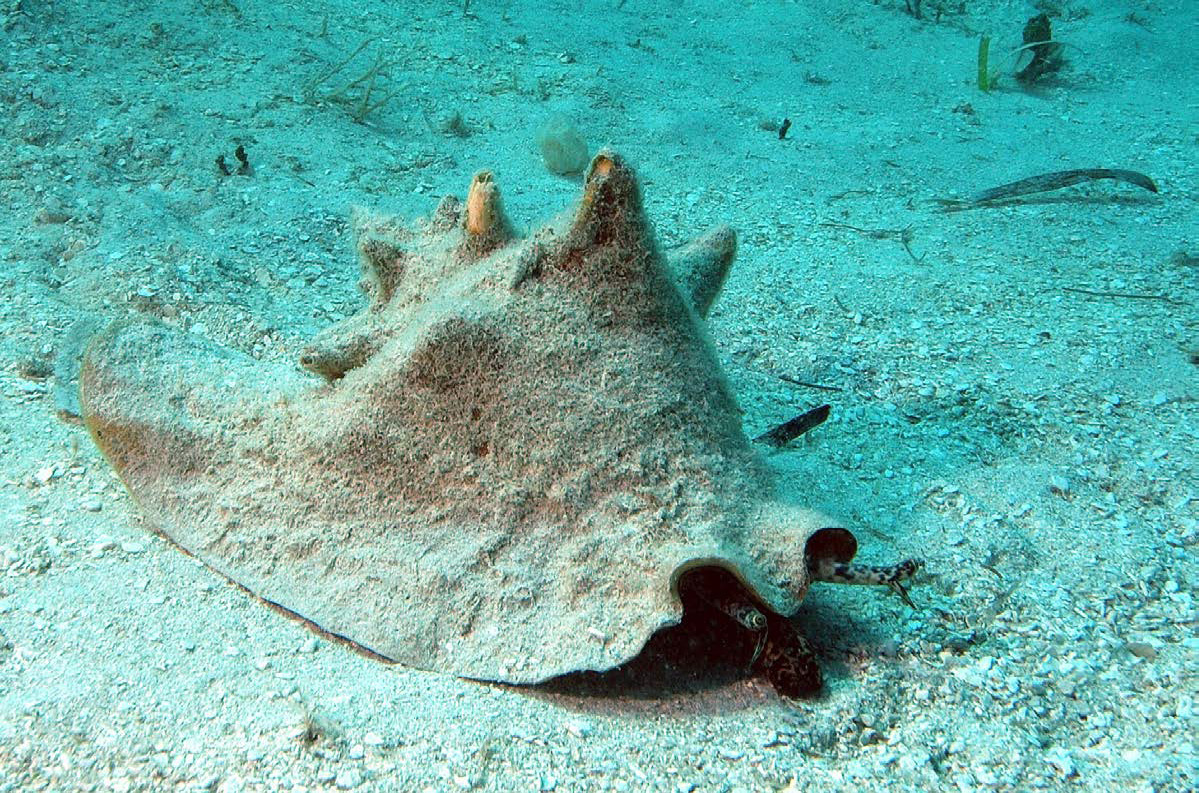The Fight Against The Illegal Sale Of Conch
After his first visit to Saint Martin in 2020, Julien Lopez Pardo, agent of the OFB (French Office of Biodiversity), made a second visit to the Réserve Naturelle in April 2022, in order to present the first results of his work. His mission, related to the illegal sale of conch in the Caribbean, is based on the development of a tool that will help the police to determine the origin of this protected species, which is now endangered, and the fishing and importation of which is subject to regulations in France. And which leads to trafficking targeted by environmental customs inspectors. The idea behind the project is to see if there exists an imprint—perhaps genetic or isotopic (based on the energy signatures of the atoms)—specific to the conch population for each of the French islands. It turns out that the first samples collected in Saint Martin and Saint Barthélemy are quite distinguishable, which is not the case in Martinique and in Guadeloupe, where the imprints overlap and tend not to differentiate. The project continues in the hope of refining the results and confirming that creation of this control tool is effectively viable.

















